NATIONAL SYMBOLS
"They were necessary symbols… since although we were not really independent in 1959 but self-governing, it was necessary right from the beginning that we should rally enough different races together as a Singapore nation."
Dr Toh Chin Chye, 1989.
Origins of our National Symbols
It was the year 1959. Singapore was about to embark on a brand new path in her history. On 30 May 1959, the People’s Action Party (PAP) won the first General Elections for a fully elected government and from June 1959, Singapore became a self-governing nation with Mr Lee Kuan Yew as the first Prime Minister of Singapore.
Self-rule meant that Singapore would henceforth be governed by a Prime Minister and Cabinet drawn from a Legislative Assembly voted in by adult citizens. The Cabinet would have control over all domestic policies, while foreign affairs and external defence remained in the hands of the British, who were then still the colonial ruler of Singapore.
The young nation-state needed symbols that could represent Singapore in the world, as well as unite all citizens as one nation. The first three National Symbols – the National Flag, State Crest (National Coat of Arms) and National Anthem – were unveiled during the installation of Encik Yusof bin Ishak as the first Malayan-born Yang di-Pertuan Negara (Head of State) on 3 December 1959 at the City Hall Chambers.
The National Pledge was written in 1966, a year after Singapore declared full independence. The other two National Symbols – the National Flower and the Lion Head Symbol – were introduced in the 1980s.
Former Deputy Prime Minister, Dr Toh Chin Chye, who in 1959 headed a committee to conceive and create the National Flag and the State Crest, explained the need for National Symbols in an oral history interview with the National Archives of Singapore:
"They were necessary symbols… since although we were not really independent in 1959 but self-governing, it was necessary right from the beginning that we should rally enough different races together as a Singapore nation."
Dr Toh Chin Chye, 1989.
Click on the symbols to discover the origins of Singapore’s National Symbols, as well as the significance of each National Symbol and the guidelines for its use.
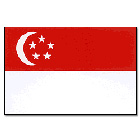
|
NATIONAL FLAG
The National Flag, Singapore's most visible symbol of statehood, reflects the ideals, beliefs and values of our nation. The creation of a new National Flag was therefore a vital task for Singapore’s newly elected Cabinet in 1959.
If you have a request for the use of our National Flag, please read our FAQs before filling in the request form.
Read more about the National Flag.
|

|
NATIONAL ANTHEM
With a stirring melody and lyrics that echo the enduring hope and spirit of Singaporeans for progress, the National Anthem, "Majulah Singapura" (meaning "Onward Singapore"), is a musical expression of Singapore's identity as a nation. Read more about the National Anthem. |
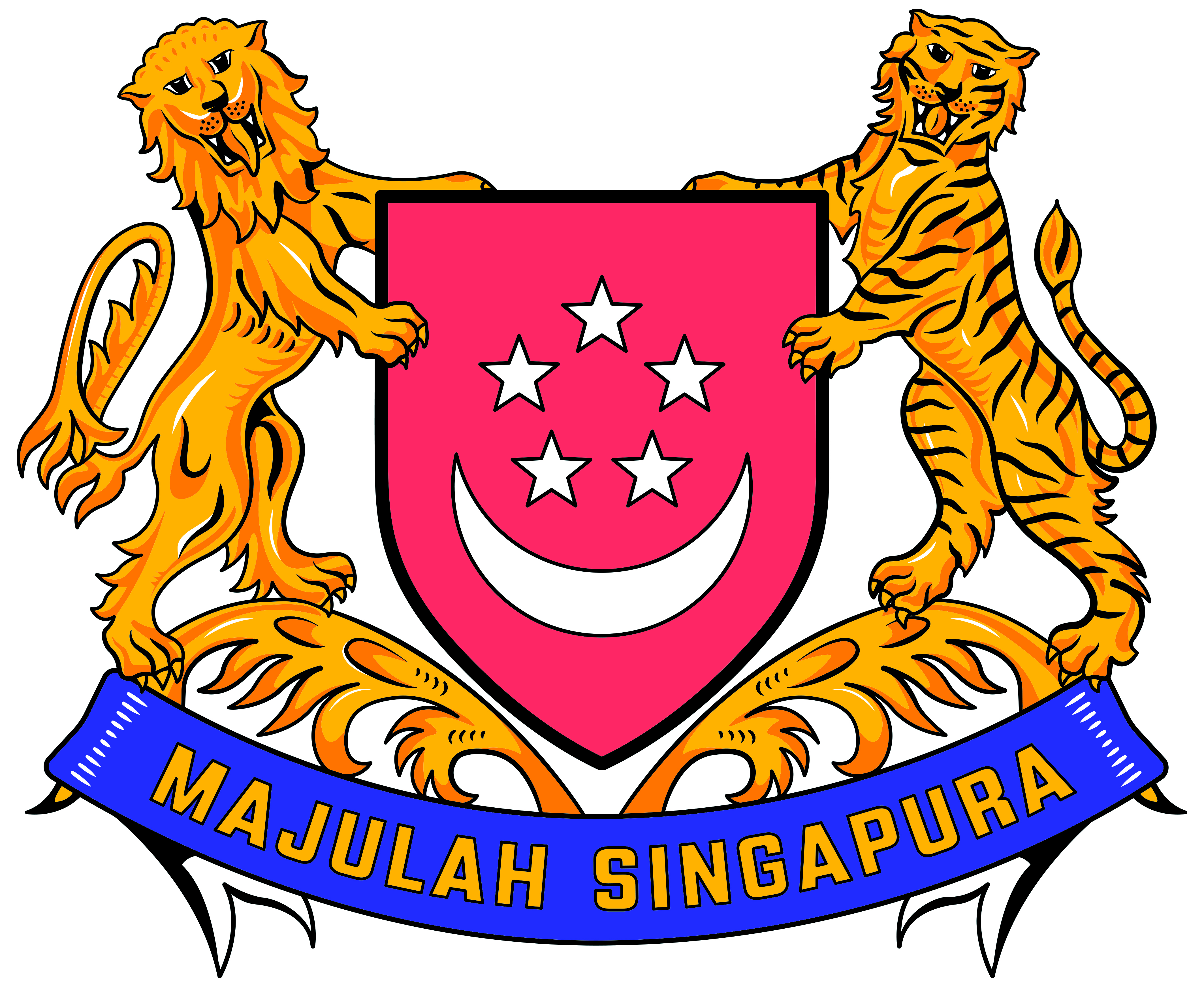
|
NATIONAL COAT OF ARMS
Also known as the National Coat of Arms, the State Crest serves as a symbol of Singapore’s status as a self-governing and independent state.
Read more about the National Coat of Arms .
|
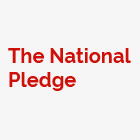
|
NATIONAL PLEDGE
Singapore became an independent nation on 9 August 1965. The 1950s and 1960s were a time of communal tension and racial riots. Hence, there was a pressing need for the young nation to forge a common identity and sense of belonging among citizens of different races and religions. Read more about the National Pledge.
|

|
THE LION HEAD SYMBOL
The Lion Head is a distinctive and easily recognisable National Symbol of Singapore. Less formal than the other symbols such as the National Flag and the State Crest, the Lion Head symbol can be freely used by individuals, organisations and corporations to promote a sense of national identity. Read more about the Lion Head Symbol.
|
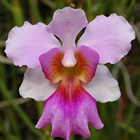
|
NATIONAL FLOWER
Singapore is a Garden City, rich in greenery and biodiversity. It is thus fitting that the nation is represented by a unique National Flower of its own.
Read more about the National Flower.
|
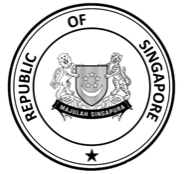
|
PUBLIC SEAL
The Public Seal of Singapore represents the Republic and is affixed to important documents of the State.
Read more about the Public Seal.
|